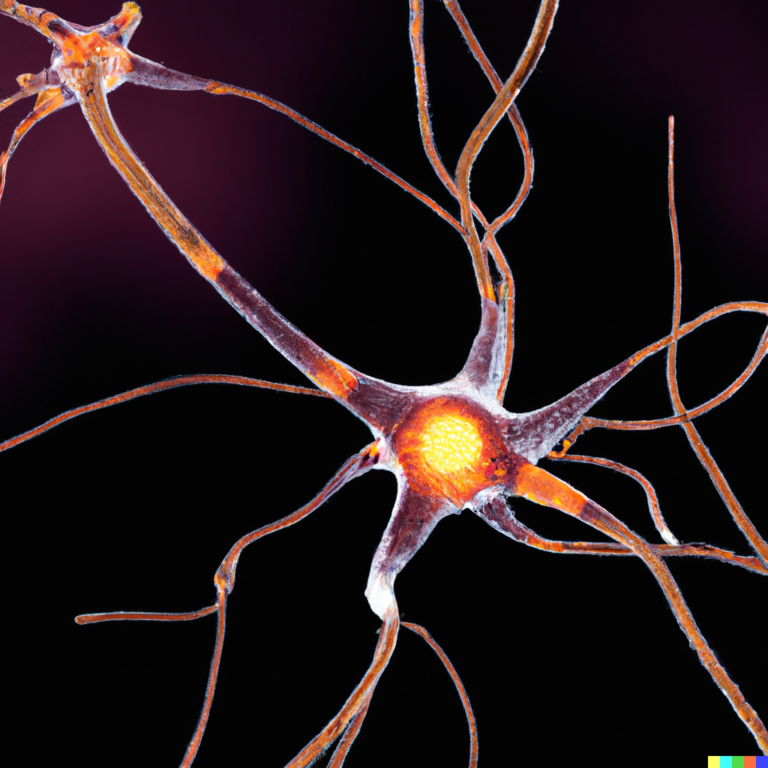### Understanding Tau Hyperphosphorylation: A Key to Alzheimer’s Mechanisms
Alzheimer’s disease is a complex condition that affects millions of people worldwide. While we have made significant progress in understanding the disease, there is still much to learn about its underlying mechanisms. One crucial aspect of Alzheimer’s is the role of a protein called tau. In this article, we will explore what tau hyperphosphorylation is and how it contributes to the development of Alzheimer’s disease.
### What is Tau?
Tau is a protein that helps keep the structure of neurons stable. It works by supporting microtubules, which are like the skeleton of a cell. These microtubules help neurons move and transport important materials. However, when tau becomes abnormal, it can start to accumulate in the brain and form clumps called neurofibrillary tangles. These tangles disrupt communication between neurons and can lead to memory loss and other cognitive problems.
### What is Tau Hyperphosphorylation?
Tau hyperphosphorylation is a process where phosphate groups attach to tau molecules. This alteration changes the way tau functions and can make it toxic to neurons. Imagine a key that no longer fits into its lock; similarly, hyperphosphorylated tau can no longer perform its normal job of supporting microtubules.
### How Does Tau Hyperphosphorylation Contribute to Alzheimer’s?
Researchers have been studying how tau hyperphosphorylation contributes to Alzheimer’s disease. They have created genetically modified mice that mimic the changes seen in human brains affected by Alzheimer’s. These mice show that when tau is hyperphosphorylated, it accumulates in key regions of the brain, leading to a loss of synapses (the connections between neurons) and neurodegeneration (the death of neurons).
### The Role of Enzymes in Tau Toxicity
Another study has identified an enzyme called tyrosine kinase 2 (TYK2) that may play a role in making tau toxic. This enzyme adds a tag to tau that makes it harder for the brain to clear away. By reducing the activity of TYK2, researchers found that they could decrease the amount of toxic tau in the brain. This suggests that blocking TYK2 could be a way to prevent or slow down neurodegeneration.
### The Connection Between Tau and Alpha-Synuclein
Alzheimer’s disease often co-occurs with another neurodegenerative disorder called Parkinson’s disease. Both diseases involve the accumulation of different proteins: tau in Alzheimer’s and alpha-synuclein in Parkinson’s. Recent research has shown that alpha-synuclein can drive the accumulation of tau, suggesting a complex interplay between these proteins in neurodegenerative diseases.
### Conclusion
Understanding tau hyperphosphorylation is crucial for unraveling the mechanisms of Alzheimer’s disease. By studying how this process affects neurons and contributes to neurodegeneration, researchers can identify potential therapeutic targets. While we have made significant progress, more research is needed to fully comprehend the complex interactions between tau and other proteins involved in neurodegenerative diseases. This knowledge could lead to new treatments that help prevent or slow down the progression of Alzheimer’s disease.





